Turkey Buying and Cooking Tips
With Thanksgiving right around the corner, I thought you might enjoy talking turkey, including some tips on choosing a bird and how to cook it. Of course, cooking a turkey is pretty straightforward. Still, looking at all the articles in the current November issues of cooking magazines, you are suddenly faced with many choices.
For example, first, you must decide what kind of turkey you’ll buy – fresh, frozen, free-range, natural, self-basting, kosher, with or without a pop-up thermometer. Then it would be best to decide how to cook it – roast, grill, barbeque, covered, uncovered, breast up, breast down, feet first, brined, stuffed, what long, what temperature, and so on.
I don’t remember having that many choices when I was a kid in the ’60s. At least, I didn’t think we did. My mom bought a great big frozen turkey at our local supermarket.
She tossed the turkey filled with stuffing into the oven, and when the little red popper popped up, it was done, and I mean really done. Overdone!
We did have a local butcher where she bought most of our meat and cold cuts (I used to love it when the butcher handed us, kids, a slice of rolled-up baloney). Still, I don’t remember her buying our Thanksgiving turkey there. No one heard of organic, free-range turkeys back in the ’60s. At least I didn’t.
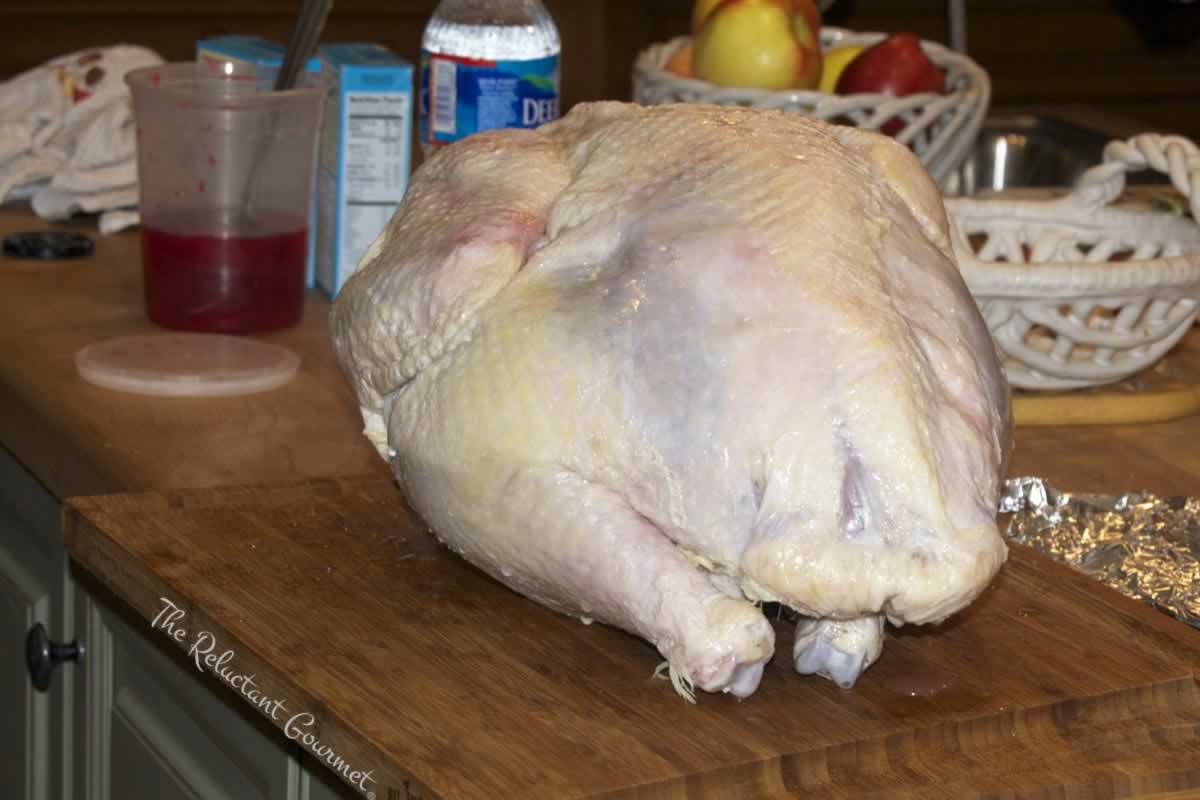
So where do we start – fresh, frozen, or somewhere between?
The USDA defines ” Fresh ” as having never been chilled below 26° F or frozen. Turkeys cooled below 0 degrees F must be labeled as “frozen.” Then, those between 0 and 26° F are labeled “hard-chilled.” So which is better?
Some experts will tell you that freezing affects the taste of the meat because it alters the cell structure, causing a loss of moisture and, thus, a loss of flavor. That may be true, but in my many years of eating fresh, frozen turkey, I imagine I had a few of those in between “hard-chilled” turkeys. I’ve never been able to taste that much difference between them.
The quality and taste have more to do with the turkey’s age, how it is handled before it is frozen, how it is defrosted, and how it is cooked.
Let’s face it; you could buy the most expensive fresh, free-range, organic turkey and overcook it. It’s going to be dry and lacking flavor. I’m going to go out on a limb here. Still, Turkey is more of a conduit for excellent turkey gravy and cranberry sauce than something to be eaten by itself.
How many of you eat turkey without any of the accompaniments?
Let’s look at some of the choices you have to make. First, how old is the bird? A fry-roaster is at most four months old. A young hen (female) or young tom (male) is 5 – 7 months old, and a yearling is one year old or older. The younger the bird, the better the taste.
There are “organic” turkeys, but not many because of the strict certification criteria imposed by the USDA, and they are costly. And what makes a free-range turkey? According to USDA, any birds with access to the outside can be considered “free-range.”
Because these birds can move freely, they grow more slowly, thus allowing more time to develop flavor and texture. Then there are “natural” turkeys, but that only means no artificial ingredients have been added and minimal processing done to the birds.
Kosher birds have strict specifications. They must be processed under the supervision of a rabbi, grain fed with no antibiotics, allowed to roam free, and soaked in a salt brine. However, I have read it is great for adding flavor.
One year, I tried brining my turkey into my tiny New York kitchen, and it turned out to be very difficult, and I made a huge mess. I’m not sure the results were worth the effort, so I’m happy to learn you can purchase a pre-brined turkey.
So what to buy?
That depends on how much money you want to spend and how particular you are about your bird. And if you don’t buy your turkey until the day before Thanksgiving, you might think about a non-frozen turkey because of the time it takes to defrost.
Now that you’ve decided what kind of bird to purchase let’s look at a few cooking tips to help you serve a tasty turkey dinner. Every cookbook and every cooking magazine has many tricks and secrets to making a better turkey.
I will let you decide whether you want to use bacon to bard your bird or what herbs and spices you want to season it, but I would like to look at a few essential tips.
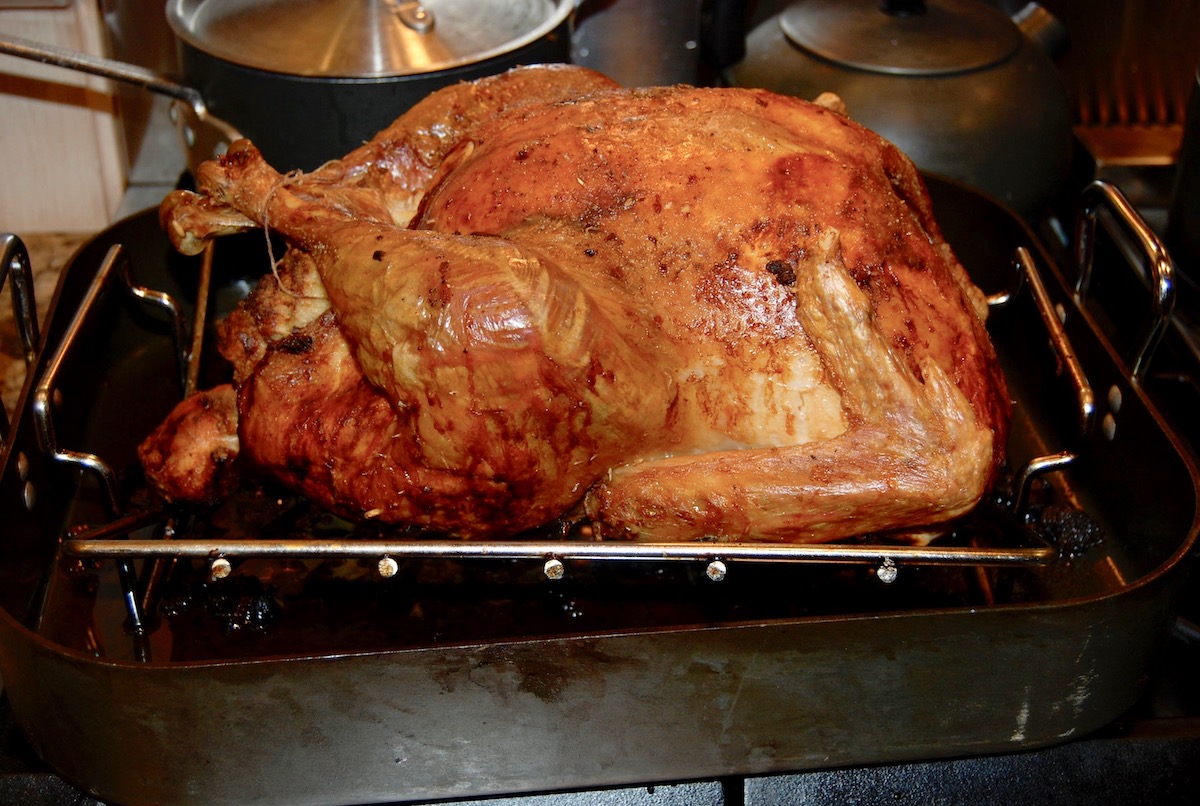
Defrosting a Turkey
First, if your bird is still in the supermarket freezer or your freezer, it’s time to get it out to start defrosting. The traditional way to defrost a frozen turkey is in the refrigerator. Still, depending on the size, this can take three to four days or six hours per pound.
This is the safest way to defrost a frozen turkey, but who has that much time or room in their refrigerator? So, instead, you can thaw a turkey in a sink of cold water.
Leave the plastic wrapper on the turkey and place it in a sink filled with cold water. Some sources say the water should be icy cold, so you can add ice if you like, but it is crucial to change the water occasionally to ensure it stays cold.
How Long Does It Take to Defrost?
Figure on about 30 minutes per pound. This means a small 10-pound frozen turkey should take about 5 hours to defrost.
A big honker 18-pound turkey will take as long as 9 hours. Once the turkey is fully defrosted, return it to the refrigerator until you cook it.
To Stuff or Not Stuff
Whether to stuff the bird with stuffing or cook the stuffing in a separate pan is a considerable debate in the culinary world. The stuffing tastes better if cooked in the turkey because the juices combine, but stuffing means a longer cooking time.
Longer cooking time means there is a greater chance the turkey meat will dry out. So you must ask yourself, do you prefer fabulous stuffing or moist, tender turkey meat? Remember, you’ll pour gravy on the stuffing with all the beautiful juices from the turkey, so does it matter?
Roasting a Turkey
There are many ways to cook a turkey, including grilling, deep-frying, and the traditional roasting method, of which there are dozens of techniques. Breast up, breast down, high temperature, low temperature, breast covered in bacon, duck fat, or tin foil.
You name it, and somebody has figured out how to do it to a turkey.
I like to roast a turkey at 325°F to 350°F for 15 minutes per pound, then crank up the heat and cook it for 10 minutes per pound at 375°F. I’ve also seen recipes that start you at 450°F for an hour and then turn the temperature down to 350°F for the rest of the time.
These times are all assuming the bird is unstuffed. If you stuff your turkey, add 5 minutes per pound, but be sure the stuffing reaches a temperature of at least 165°F, or you can get sick.
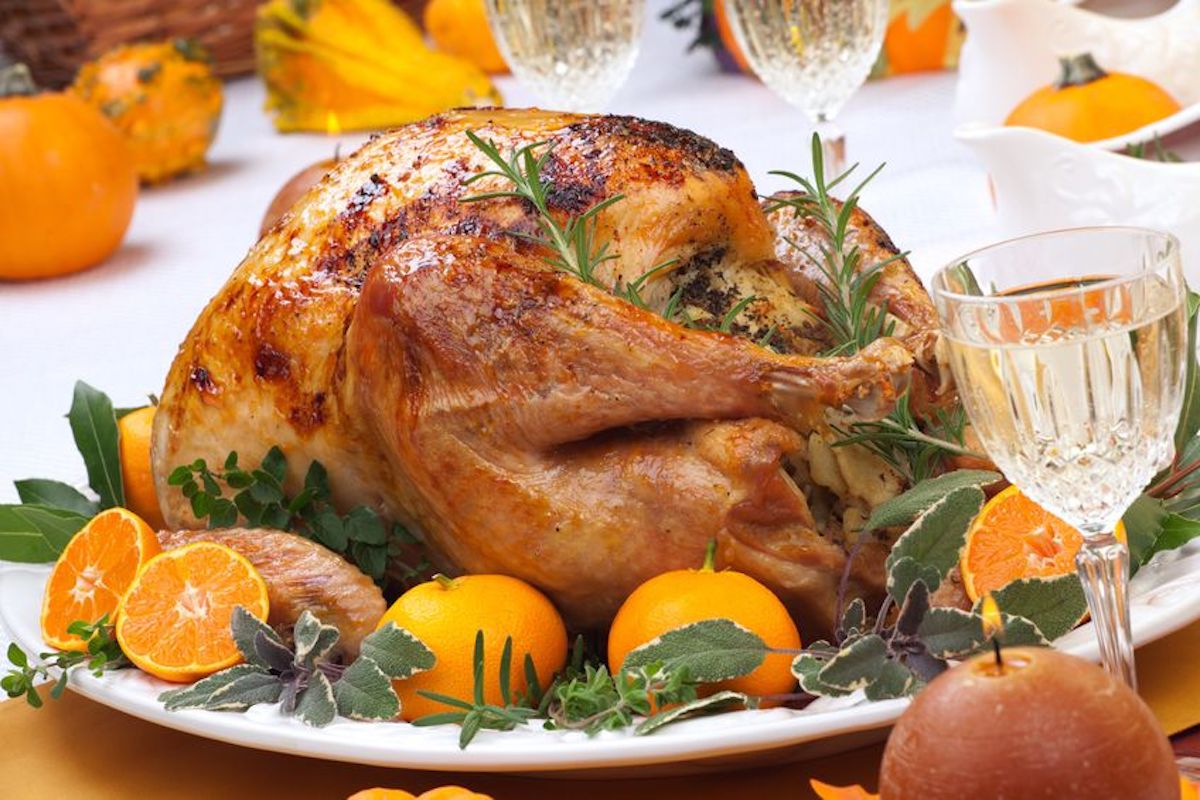
The Reluctant Gourmet’s Top Ten Turkey Tips
1. If you purchased a frozen turkey, defrosting your bird is vital before cooking. You want to thaw your turkey in the original wrapper in the refrigerator. A 12-pound turkey takes approximately two days to defrost, and 24 pounder takes around 3-4 days.
2. You will want to clean the bird well in the sink with cold water, like when cooking chicken or duck.
3. Season the inside of the turkey well with salt, pepper, and other herbs and spices your recipes call for. Take your time. Seasonings help add flavor.
4. Remove the giblets (heart, gizzard, and neck) from the bird’s cavity before cooking, and make delicious giblet gravy with them. · Coat the exterior of the turkey with butter for crisp skin.
5. Disposable aluminum roast pan vs. heavy-duty roasting pan
6. I don’t own a fancy heavy-duty-roasting pan with 2-inch sides big enough to hold a good-sized turkey (hint hint to my wife), but I’ve read that there are advantages to owning one. First, they prevent the drippings from burning because of the heavier bottom.
Two, they are easier to handle when placing the bird in and out of the oven. Have you ever had one of those aluminum pans bend on you when trying to remove a hot turkey from the oven?
Third, they are easier to deglaze and make gravy in. I never liked the feel of whisking on those cheap aluminum pans. The two negatives to an expensive roasting pan – are cost and where to store them.
7. Stuffing is my favorite part of the Thanksgiving meal. Whether it’s a favorite family recipe or one you grabbed from your latest cooking magazine, here are a couple of tips that might help.
My Grandma always used stale bread to make stuffing and bread pudding. She said it stands up better to moisture. Cut the bread into smaller cubes to match the other chopped ingredients included in your dressing.
8. Roast the bird at 325° F. with the legs pointing to the back, the hottest part of the oven—two-thirds of the way through, tent the bird with foil to prevent the skin from over-browning. A 16 to 24-pound stuffed turkey takes approximately 12 to 15 minutes per pound.
9. Use a thermometer! Whether you poke an oven thermometer into the turkey leg or an instant thermometer, forget about those pop-ups. The only thing they tell you is when the turkey is overcooked. My mom taught me to wiggle the leg to see if it’s loose to determine if the turkey is done.
That works as well as those pop-ups with the same results. I’ve looked at several cookbooks to find the correct temperatures to tell when the bird is done.
It’s a little confusing because they ranged from 165° F to 180° F, registered from the inner thigh. So I usually remove the bird at 165° – 170° F, cover it with tin foil, and let it stand until the temperature registers 180° F.
10. Carving the bird – I always carved the bird with my favorite chef’s knife with OK results for years, but all that changed when we bought a new couch, and the store gave us an electric knife as a bonus gift.
I thought an electric knife was a throwback to the ’60s when I was a kid watching my dad carve the turkey. Still, after that first Thanksgiving, I employed it and was converted. It’s much easier and neater.
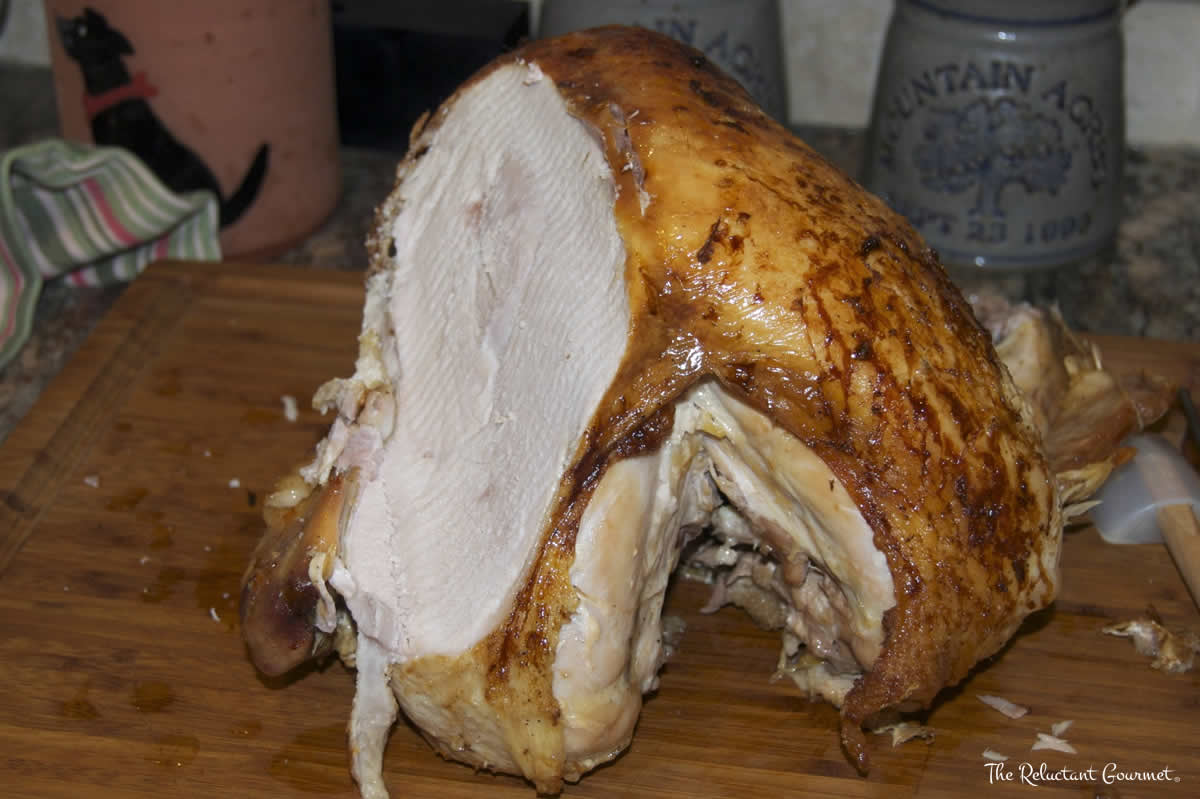
There are many more tips and techniques out there for cooking a turkey. There may even be whole books written about the subject. These tips may be familiar, but I hope you’ll be able to find something useful from them. Also, I welcome your favorite tips and techniques for future newsletters to be posted on my website.
Thanksgiving can be overwhelming, especially if you cook for a large crowd. Growing up, my mom worked so hard to put out a great meal only to be wolfed down by us kids so we could go out and play with our friends or watch a football game.
Try to prep as much as possible the week before Thanksgiving. Get everybody and the kids involved. It’s a great way to teach them some cooking skills and show them that the turkey dinner doesn’t magically arrive at the dining table.
If you are not cooking for a big crowd, keep it simple.
If you are cooking for a big group, try to delegate some of the dishes to your guests. It gives a communal feeling and takes some pressure off the host. And most importantly, give thanks and enjoy yourself.
Happy Thanksgiving. RG
TURKEY HOT-LINES:
Perdue Consumer Information Line – 800 473 7383
Butterball Turkey Talk-Line – 800 288 8372
USDA Meat and Poultry Hotline – 800 535 4555

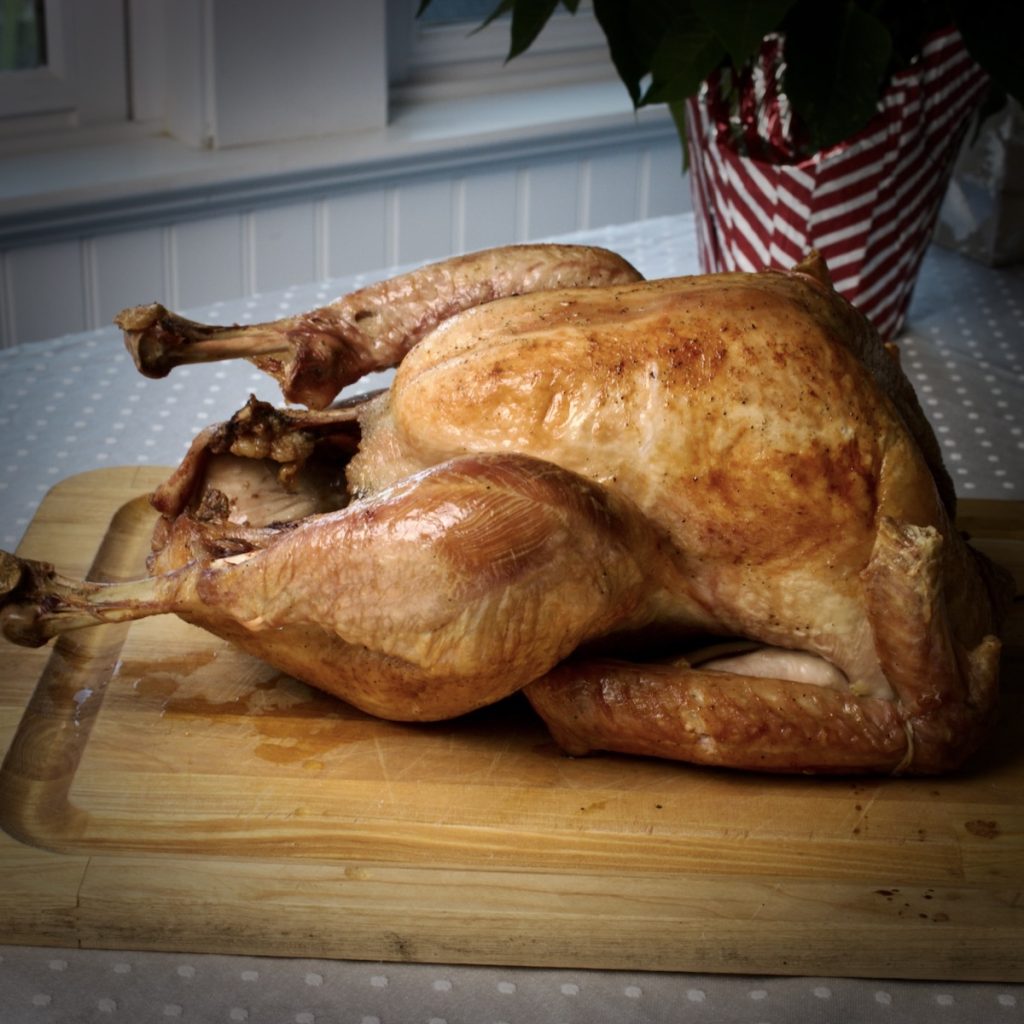
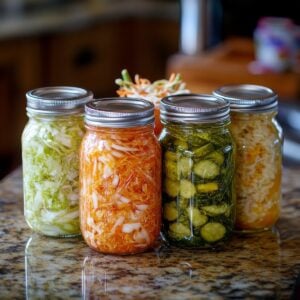

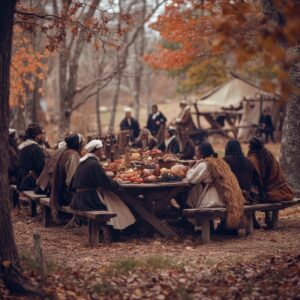
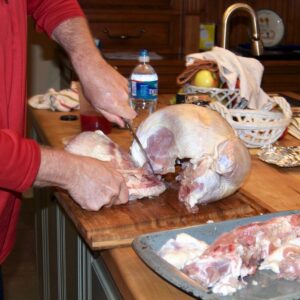
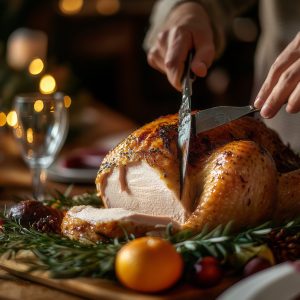
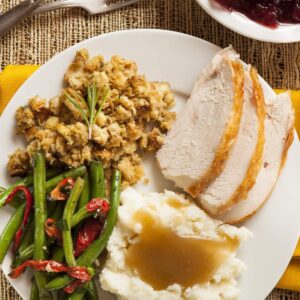

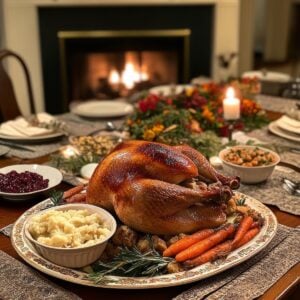
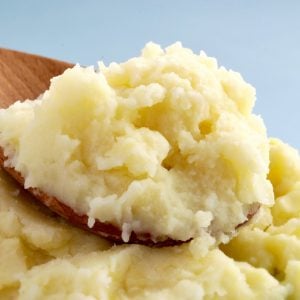


5 Responses
Thank you! I appreciate your wonderfully written article, especially the way that you included little “bits” from your childhood. Very interesting. I personally have to disagree with one of the comments you made- about the turkey being a mere vessel for gravy or cranberry sauce. NO!!!! If a turkey is cooked properly, with lots of love and lots of basting, and not rushed to “get it out of the way”, as my mother would say, it can be a delicious item all by itself. A true contender on the Thanksgiving menu.
While I appreciate your well-written and interesting article, I also feel that I must add that you are mis-spelling “diner”. Turkey DINNER. Not Turkey DINER. You are implying that there is a restaurant (a diner) which serves or specializes in Turkey. 🙂
Thank you! I’m saving this one!
Hi Em, thanks for pointing out the spelling errors. I guess I’m an even more “reluctant” writer than cook. Have a wonderful Thanksgiving celebration with your family and friends.
I bake my turkeys inside a large brown grocery bag closed with wooden clothespins. I slice a large onion and layer the bottom of the paper bag with it to prevent it from sticking to the bag, plus it adds flavor. I never have to guess how it will turn out. I use a butter knife to loosen the skin on the breast and slide 1/4 inch slivers of real butter under the skin. I tip it on it’s neck and sprinkle salt and pepper inside. No dressing. 15 minutes per pound, then let it rest. Comes out golden brown and crispy every time. I use the bottom of a large roasting pan, no aluminum. Too dangerous. It’s always done, delicious, no matter the brand or size. Happy cooking!
Hi Victoria, thanks for sending me your turkey method. Never tried this but looks interesting and love that you never have to guess.
Hi does it take longer to cook a Tom turkey than a Hen turkey?